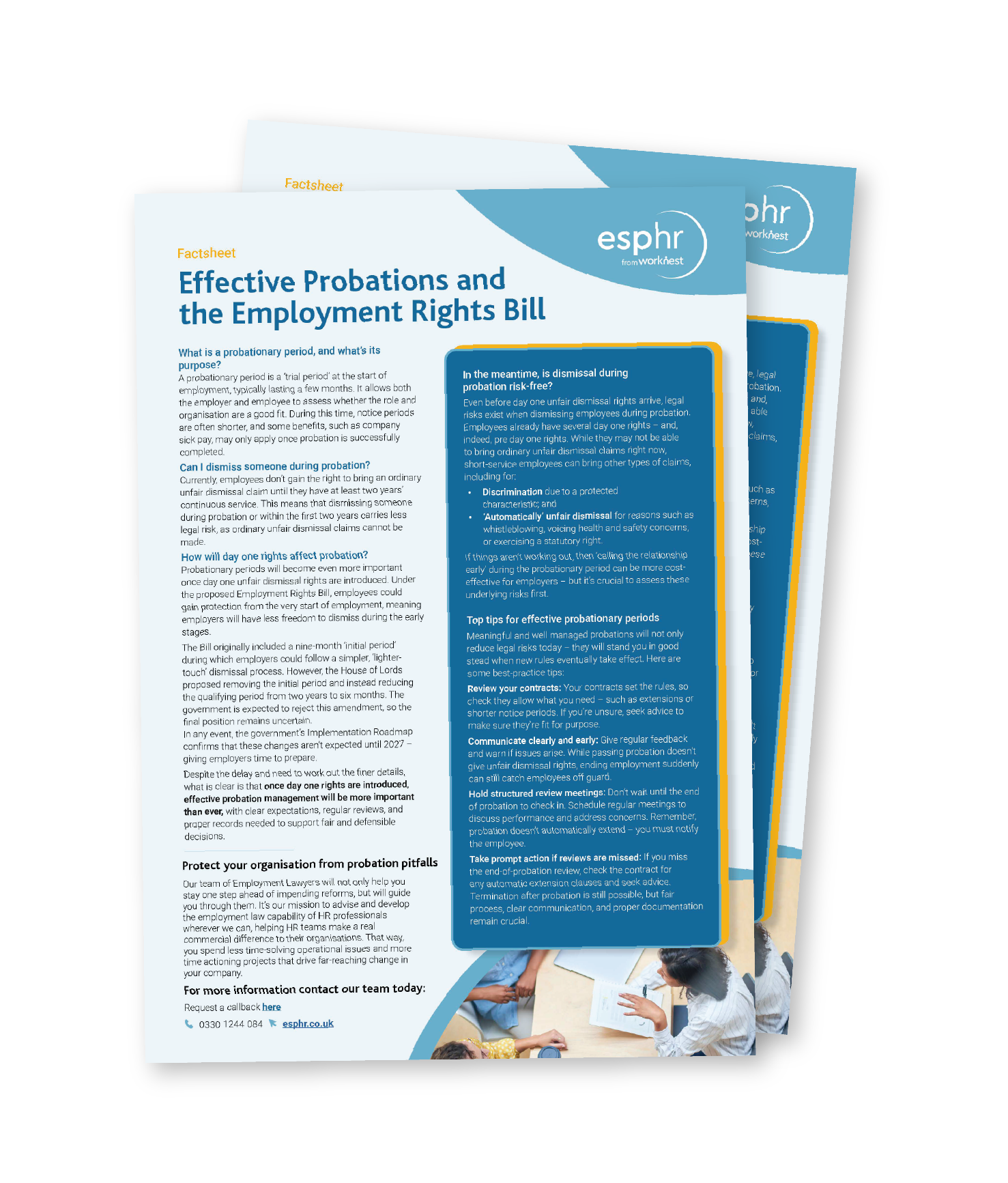For some time now, individual mediation has been touted as the next big thing in conflict resolution. Yet, the uptake, particularly for workplace disputes, has been lower than expected. This is surprising given it is a quick, practical, and cheaper means of reaching an outcome than lengthy grievance investigations and processes – and even more so, litigation.
There may be a number of reasons contributing to this: feelings on the part of those involved that there can be no win in the traditional sense; parties not wanting to be seen to ‘give’ over issues; entrenchment if it is left too late to offer the process; employers’ concern about a perceived waste of time and fees if it proves unsuccessful.
The case for early mediation
But presented early, and framed positively to address those feelings, it can afford a valuable alternative to weeks, months, even years of protracted dispute, both internal and external.
Mediation as a solution to Tribunal delays
Given that the Employment Tribunal system is now at its most damaged (systemic delay meaning that 4-5+ day hearings are not now being listed for another two years or more down the track in some regions), this could be the very moment for mediation to take centre stage and lift an increasing burden off judicial resources. Most importantly for employers, it can decrease the cost of disputes and potentially foster better employee relations – particularly where the individuals concerned may be expected to work together into the future.
The mediation process
The mediation techniques in which I was trained are far from directive: instead, they facilitate opportunities for the parties to get to the heart of what their issues are really about – often not articulated in grievances or in Tribunal claim forms and not, because of their nature, capable of being addressed by formal remedies.
The essence of this form of mediation is in accepting that how the individual sees the world is their reality. That’s unlikely to change, but it’s in enabling a shift in how they see the other party’s view of things that provides the step to a resolution.
The process is therefore a delicate one in which space is left for each party to explain how they feel; and only to bring both sides together when sufficient progress has been made.
Having said that, the ‘leaving space’ can’t be open ended – it has to be time-limited. The parties must still feel that they have ‘had their day’, but it cannot extend beyond that. This time-framing should sensitively encourage them to make forward movement. By the same token, it is vital that the people involved feel that they have been properly listened to – and that is possibly as important as anything else in working towards a good outcome.






